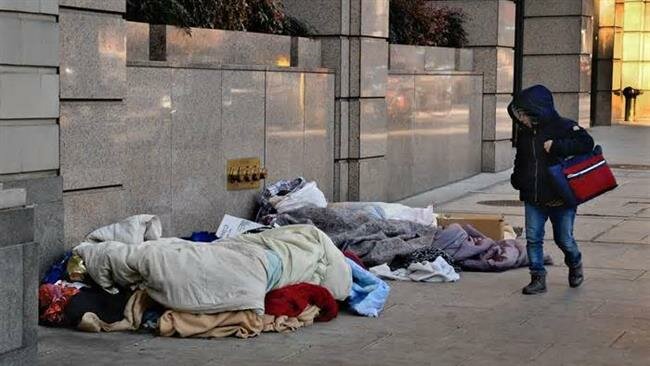
TEHRAN, Young Journalists Club (YJC) - The survey of nearly 86,000 students taken in April by The Hope Center for College, Community and Justice revealed that homelessness affected 18 percent of respondents attending two-year colleges and 14 percent of those attending four-year institutions.
The number of people who said they had experienced housing insecurity, such as difficulty paying rent, stood at 60 percent among those attending two-year schools, and at 48 percent for those in four-year institutions.
"These are people who might not be on the street at this point but they do not have a fixed and regular place to sleep, and that creates stress that interferes with education,'' said Sara Goldrick-Rab, founding director of the Hope Center. "If they are temporarily staying with a relative or couch surfing with a friend, that is also homelessness.''

One in 10 US citizens aged 18 to 25 experienced being homeless in the past year, according to a national survey.
The Hope’s survey attributed the homelessness crisis among US college students to a combination of factors, including rising tuition, financial aid packages that fail to keep up with the costs of food, gas and child care, and an overall lack of affordable housing.
"The conditions that create these problems do tend to be worse now than 10 to 15 years ago,’’ Goldrick-Rab underlined.

More than one third of US college students say they cannot afford meals, with some even going whole days without eating, a new report suggests.
Among respondents to the Hope survey, 39 percent of those attending two-year colleges and 30 percent of those at four-year schools were beset by both food and housing insecurity in the past year.
The research findings also showed that rates of basic needs insecurity were higher for marginalized US students, including African Americans, students with particular sexual orientations and students who are independent from their parents or guardians for financial aid purposes.
Source: Press TV